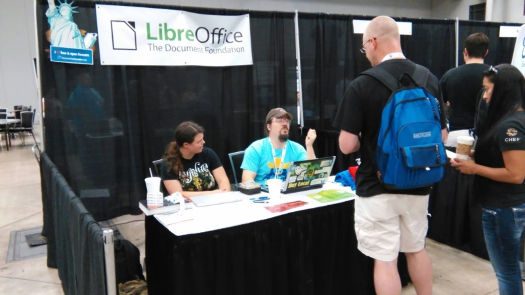The open source development model is taking over the enterprise. Two companies that were late coming to the OSS table but which now contribute much code are Cisco and Capital One.
The Video Screening Room
This panel discussion, recorded at this year’s OSCON in Austin, Texas, with two Cisco open source folks and a Capital One person is fascinating. Learn about how enterprises are acknowledging their use of OSS and taking greater responsibility for contributing back to it. Learn how people are more often using GitHub contributions as their resume. Learn how the open model allows companies to iterate faster in a rapidly changing world. If open source is becoming the default methodology, how is this changing mindsets within the enterprise?





 The announcement came about an hour ago via a
The announcement came about an hour ago via a 





 The review on Distrowatch was part of a one time trade that had Distrowatch’s Jesse Smith writing a
The review on Distrowatch was part of a one time trade that had Distrowatch’s Jesse Smith writing a